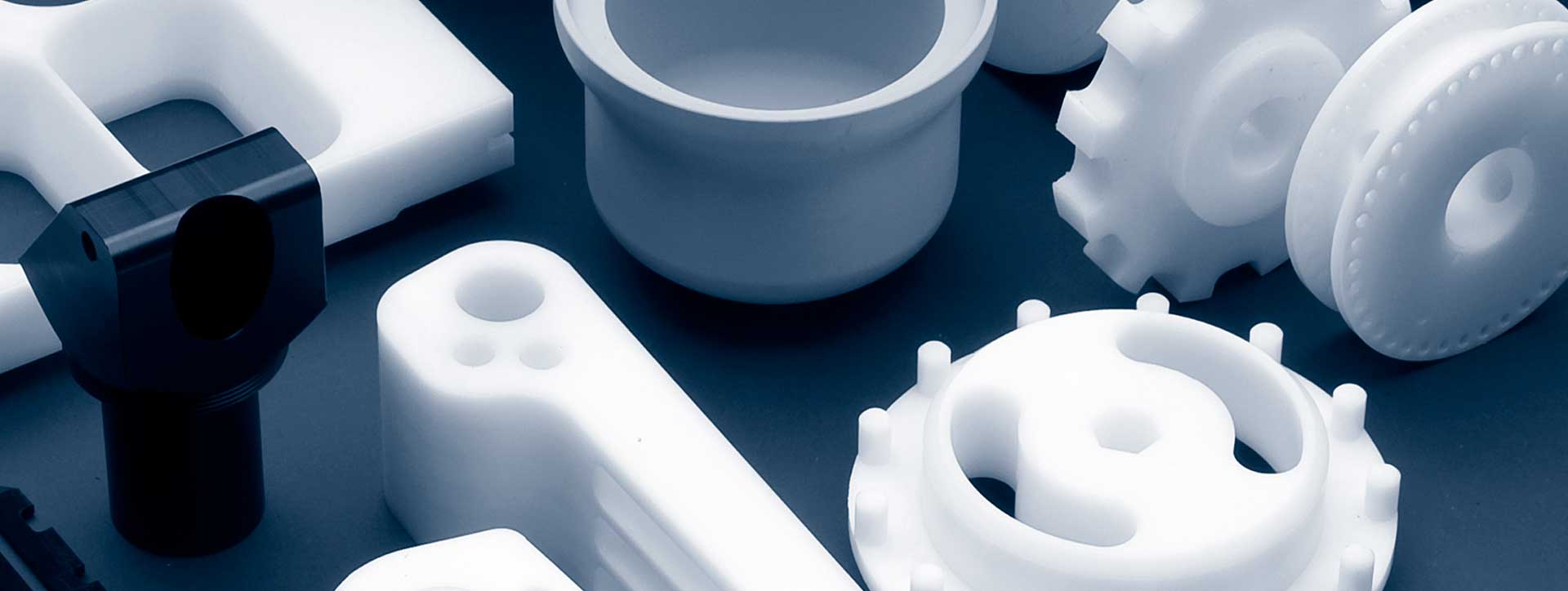
PET | HARNESS
Available formats: Bars, Tubes, and Plates
PET is one of those plastics that are an important part of your daily life. It is an important commercial polymer that has applications ranging from packaging, fabrics, films, car parts, electronics ... and many more. You can find this famous transparent plastic around you like a bottle of water or a soda container.
Polyethylene terephthalate (PET or PETE) is a commonly used thermoplastic polymer that belongs to the family of polyester polymers. Polyester resins are known for their excellent combination of properties such as mechanical, thermal, chemical resistance and dimensional stability.
PET is one of the most recycled thermoplastics, and has the number «1» as a recycling symbol.
Thanks to the good electrical insulation properties, high structural and dimensional stability, polyethylene terephthalate is widely used in the electrical and electronic industry. It is an effective polymer to replace metal and thermostable molds in applications such as: electrical encapsulation, solenoids, smart meters, photovoltaic parts, solar junction boxes, etc. The outstanding flow characteristics of the polymer allow design freedom and miniaturization to produce high performance parts.
PET is being used successfully in many applications in the automotive industry. It is currently being used in the following applications: wiper arms and gears, headlight retainer, motor cover, connector housings.
Applications
Polyethylene terephthalate is used in several packaging applications, as mentioned below:
- Because polyethylene terephthalate is an excellent barrier material against water and moisture, plastic bottles made of PET are widely used for mineral water and soft drinks.
- Its high mechanical strength makes poly (ethylene terephthalate) films ideal for use in tape applications.
- PET packaging applications a material of choice for food packaging applications
- The non-oriented PET sheet can be thermoformed to make packing trays and ampoules
- Its chemical inertia, along with other physical properties, has made it especially suitable for food packaging applications.
- Other packaging applications include rigid cosmetic bottles, microwave containers, transparent films, etc.
PET monofilament is mainly used for the manufacture of screen printing mesh fabrics, filters for oil and sand filtration, bracing wires for agricultural applications (greenhouses, etc.), knitting / knitting belts, filter cloths and other applications Similar industrial.
PET has wide applications in the textile industry. Polyester fabrics are strong, flexible and offer an additional benefit of less wrinkles and shrinkage over cotton. Polyester fabrics are lightweight, reduce wind, are drag resistant and more tear resistant.
Physical Properties
| Physical Properties | Rule | Units | Values |
|---|---|---|---|
| Specific weight | ISO 1183 | g / cm3 | 1,39 |
| Water absorption upon saturation | ISO 62 | % | 0,5 |
| Moisture absorption at 23 ° C? 50% RH | ISO 62 | % | 0,25 |
| Upper limit of working temperature | - | ºC | 100 |
| Lower limit of working temperature | - | ºC | -20 |
Mechanical properties
| Mechanical properties | Rule | Units | Values |
|---|---|---|---|
| Elastic limit (2) | ISO 527 | MPa | 90 |
| Elongation in performance (2) | ISO 527 | % | - |
| Tensile strength until breakage (2) | ISO 527 | MPa | - |
| Elongation to breakage (2) | ISO 527 | % | 15 |
| Traction Module (2) | ISO 527 | MPa | 3700 |
| Impact resistance without notches | ISO 179 | KJ / mm2 | > 50 |
| Notched Impact Resistance | ISO 179 | KJ / mm2 | 2 |
| Rockwell hardness M | ISO 2039 | N / mm2 | 96 |
| Shore D hardness | DIN 53505 | ° Shore D | - |
| Flexural strength - at 3.5% | ISO 178 | MPa | - |
| Flex module | ISO 178 | MPa | - |
| Compressive tension (1% voltage-23 ° C) | ISO 604 | MPa | 26 |
| Compression module | ISO 604 | MPa | - |
| Deformation under load 100 Mpa-24 hr- RT | - | % | - |
| Poisson relationship | Abs | 0,44 |
(1) For a tension-free resistance of 5000 h: approximate reduction of the value in 1000 hours to 50% of the tensile strength. (2) Stabilized in air at 50% relative humidity. (*) Drying / stabilizing in the atmosphere 50% HR -23 ° C. (**) Stabilizing in the atmosphere 50% HR -23 ° C. (***) Resistance to UV exposure is achieved with pigmentation or specific additive. (****) Bonding and painting are possible after a special surface treatment. The data shown in this table have been determined in our laboratories and should only be considered as a useful reference; They did not commit for us in the different forms of application. As a result of our technological experience and our best knowledge, the data offers an initial evaluation of the polymer. This data cannot be applied to finished parts as obtained under specific conditions and is only an average value. Values should be considered a useful reference and are given without compromise.
Formats
- PET ARNITE bars
- PET ARNITE tubes
- PET ARNITE plates
Specialized Technical Advice
We have specialized staff with extensive experience in the sector for any specific advice they need.

